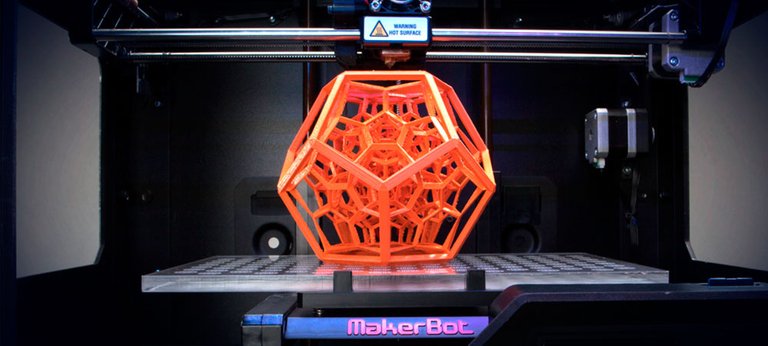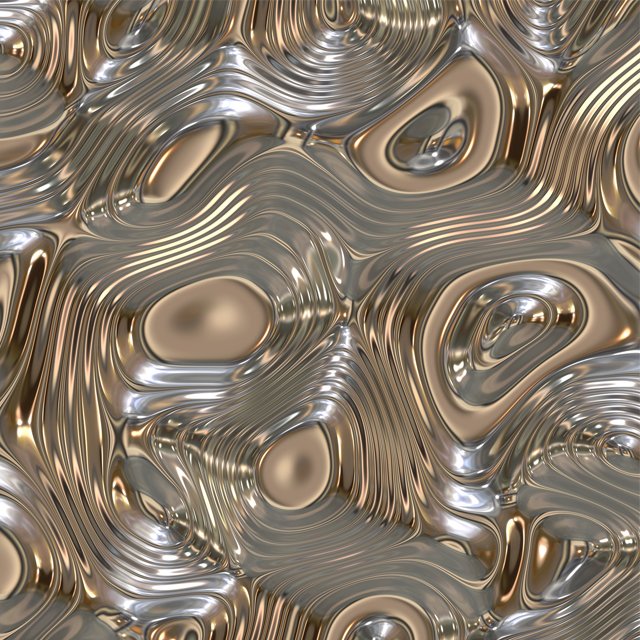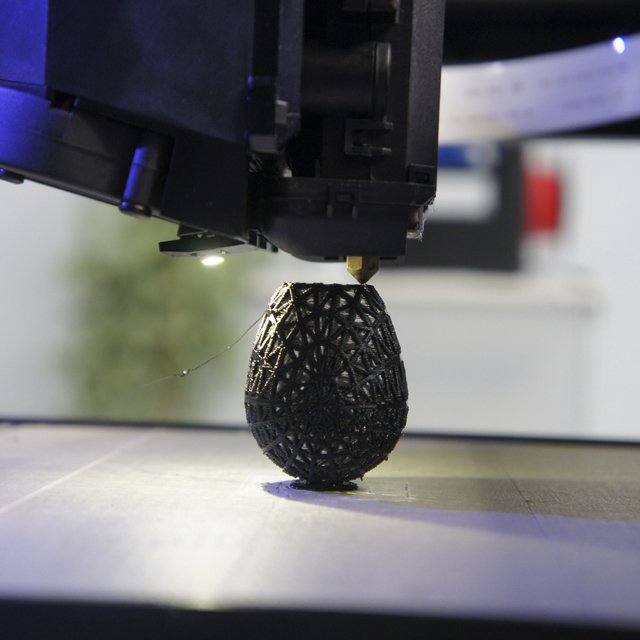
The new printers are able to work at a rate between 25 and 100 times higher than the first generation of 3D printers
3D printing has reached a new dimension. Inspired by the evil T-1000 of Terminator 2, Carbon 3D has created a revolutionary three-dimensional liquid printing technology based on the character of the blockbuster movie James Cameron.
Instead of the traditional 3D printing, consisting of adding sheets that are superimposed, this new technique is able to print continuously and uninterrupted. It is an innovative technology called CLIP (Continuous Liquid Interface Production) that works on a liquid medium to create shapes and objects that result in printed elements with a finer, compact and less porous finish.
How does CLIP technology work? The 3D printer has a tray filled with liquid resin. At the bottom, a membrane allows the passage of oxygen and ultraviolet light. Oxygen blocks the normal process of solidification of the resin, generating areas that never harden. When the ultraviolet light hits the resin, it reproduces layer by layer the piece designed in the computer solidifying only the areas without oxygen, at the same time that a special arm raises the piece slowly removing it from the resin.


Higher-speed 3D printing
CLIP technology is not only an improvement over traditional printing systems, but also means a significant time savings. The new printers are able to work at a rate 25 to 100 times higher than the first generation of 3D printers, which means that they print at a speed similar to that of traditional paper and ink printers.
In this way, they have managed to create large objects with print speeds of more than 1 meter per hour, or complex and sophisticated structures such as a miniature Eiffel tower. By reducing the printing speed, in addition, it has been possible to generate pieces of less than one micrometer (μm) in length: thinner than a human hair.